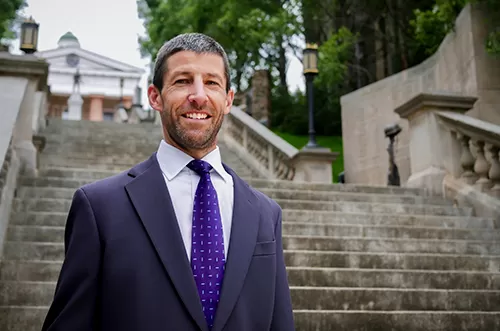New River Elec. Corp. v. Occupational Safety & Health Rev. Comm’n, 25 F.4th 213 (4th Cir. Feb. 1, 2022)
New River Electrical Corporation (“New River”) is headquartered in Virginia with an Ohio office. American Electric Power (“AEP”) hired New River to complete an underground cable replacement project in Ohio. New River’s foreman identified “flashes” and “electrical shock” as risks presented by the project. On November 6, 2017, starting at 9:00 a.m., AEP deenergized the electrical lines. During the project, Eric Marsh, an employee of New River, picked up an electrical cable that was still energized. The electrical cable shocked Marsh with 7,650 volts of electricity, causing second- and third-degree burns on his body. Despite standard procedures requiring it, no one on New River’s crew had tested, tagged, or grounded the transformer connected to the electric cable that shocked Marsh. Two foremen attempted to conceal these breaches by later grounding and tagging the related transformers, and they made false reports to the investigators. New River suspected the two foremen were not being truthful and fired them days later. During an Occupational Safety and Health Administration (“OSHA”) investigation, the foremen admitted to tampering with the accident scene. The Secretary of Labor (“Secretary”) cited New River for three violations, each deemed “serious.” The Administrative Law Judge (“ALJ”) affirmed the Secretary’s three citations against New River, but combined the three citations into a single citation because they contributed to the same hazard. The Occupational Safety and Health Review Commission (“Commission”) did not direct the case for further review, so the ALJ’s order became final. New River filed a petition for review.
The Fourth Circuit reversed the Commission’s order and remanded the case for further proceedings, holding that the ALJ improperly relieved the Secretary of his burden to prove that New River had constructive knowledge of the violations as part of his prima facie case. To establish an OSHA violation, the Secretary must prove by a preponderance of the evidence: (1) the applicability of the standard; (2) the employer’s noncompliance with the terms of the standard; (3) employee access to the violative condition; and (4) the employer’s actual or constructive knowledge of the violation. If the Secretary makes out a prima facie case with respect to all four elements, the employer may then come forward and assert the affirmative defense of unpreventable or unforeseeable employee misconduct. As to the fourth element, the Secretary must prove that a supervisor’s misconduct was “reasonably foreseeable” to establish that employer had constructive knowledge. The ALJ’s written decision relied on the inadequacy of New River’s safety program to hold that the foreman’s violations of OSHA safety regulations were foreseeable, thus giving New River constructive knowledge of the violations. The Secretary, however, had not raised the issue of the inadequacy of New River’s safety program, which was the Secretary’s burden as to the element of constructive knowledge. Thus, the Fourth Circuit held that the ALJ improperly relieved the Secretary of his burden of proving that New River had constructive knowledge of these violations as part of his prima facie case.





